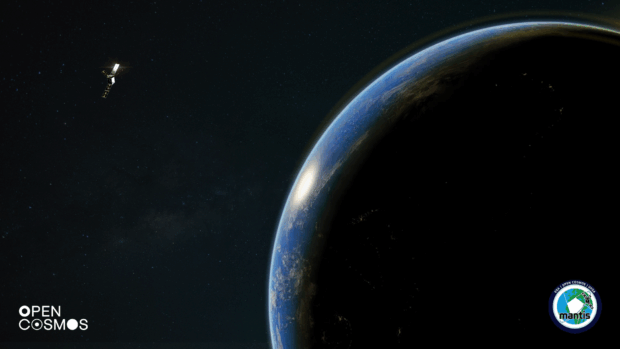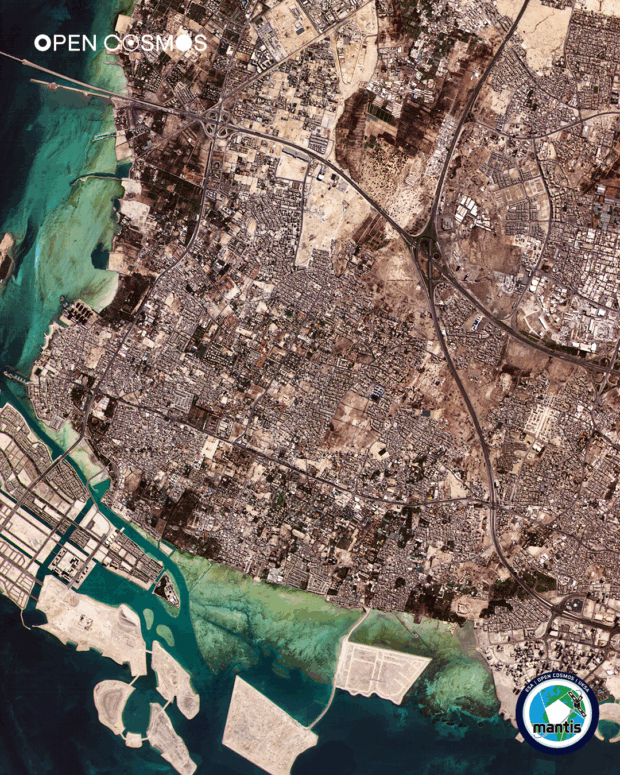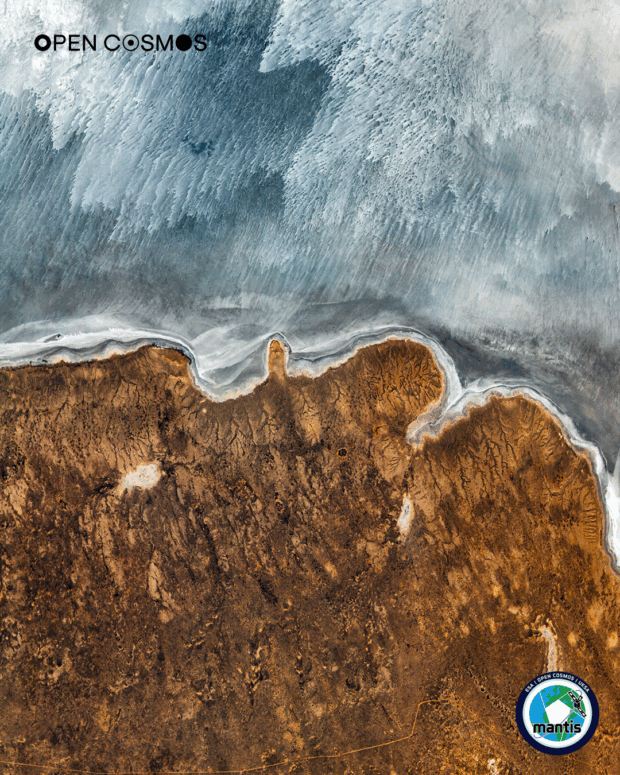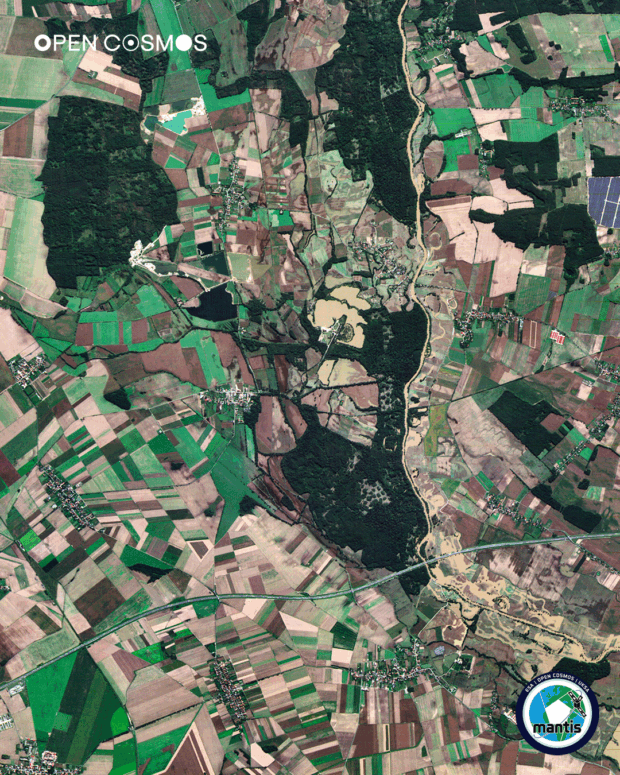The MANTIS satellite, short for Mission and Agile Nanosatellite for Terrestrial Imagery Services, has completed its mission and deorbit, following a highly productive operational phase.

Funded by the UK Space Agency through the European Space Agency’s InCubed programme, an initiative that supports innovative commercial Earth observation services, MANTIS was the first satellite mission to be funded and supported from concept to launch. Developed by UK-based Open Cosmos, the mission marks a major milestone in agile Earth observation, showing how public investment can bring new technologies to market faster, boost commercial growth, and deliver value for money.

Built on a 12U CubeSat platform and equipped with a novel optical payload from Satlantis, MANTIS combined compact design with advanced imaging technology. Operating in a Sun-synchronous orbit, it delivered high-resolution multispectral imagery with revisit times of just a few days, providing reliable data to track change over time. Onboard processing filtered and compressed information before transmission, enabling rapid delivery of insights to sectors such as energy, mining, and infrastructure, to support timely decisions and safety. Beyond commercial applications, the mission contributed a deeper understanding of our planet, providing data to monitor environmental change, manage natural resources and inform strategies for long-term sustainability and resilience.
The mission was successfully led by Open Cosmos, which led the satellite’s design, build, and operations, and Terrabotics, which provided downstream analytics and applications. Together, they highlight the UK’s commercial capability, from space hardware through to services for commercial end users.
Harshbir Sangha, Director of Missions and Capabilities at the UK Space Agency, said:
“The MANTIS mission shows how strategic investment can turn advanced ideas into operational systems that deliver real benefits. Our support through ESA’s InCubed programme has strengthened the UK’s role in a competitive global market, opened new commercial opportunities, and addressed pressing challenges such as environmental monitoring. MANTIS has also built capability across the UK space sector and set the stage for future missions that will keep the UK leading in innovation in this rapidly expanding domain.”

Rafel Jordà, CEO at Open Cosmos, said:
“MANTIS has been a pioneering mission for Open Cosmos and for the UK space sector, showing how public investment in innovation can be turned into real-world impact. From design to operations, we’ve demonstrated how small satellites can deliver high-quality, timely insights that support critical decisions for industries and society.
“We’re proud to have led this mission with our partners and grateful for the support from the UK Space Agency and ESA. As MANTIS now completes its journey, it leaves a lasting legacy of capability and confidence for future UK-led missions that will continue to push the boundaries of what is possible in space.”
Simonetta Cheli, Director of ESA Earth Observation Programmes said:
“As the mission draws to a close, we must all be incredibly proud of what it has achieved in terms of enabling customer-focused intelligence from space, particularly for the energy and mining sectors.
“As the first satellite mission supported from inception to launch under the ESA InCubed programme, MANTIS has demonstrated breakthrough innovation in the Earth Observation sector and shows that InCubed boosts the commercial competitiveness of Europe. MANTIS is yet another clear example that ESA is open to work with industry partners to continue delivering the very best in Earth Observation.’’

As MANTIS completes its mission and safely deorbits, it’s a demonstration of UK Space Agency investment turning innovation into impact, building national capability, supporting industry, and laying the foundations for future UK-led missions in a fast-growing global market.
Leave a comment